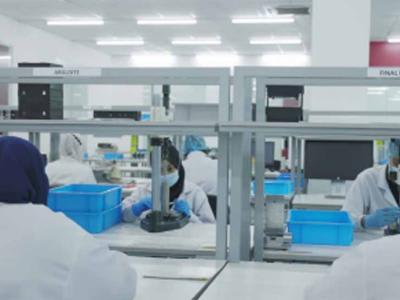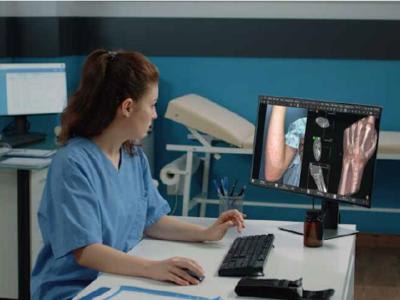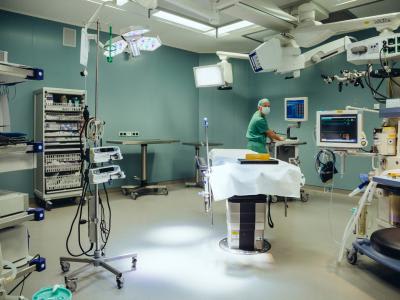Driving growth in life sciences
The Australian medtech sector has been making significant strides, with cutting-edge technologies and breakthrough discoveries driving progress in the field of life sciences. From groundbreaking medical devices to advanced diagnostic tools, the industry is continuously pushing the boundaries of what is possible.
This report explores the Australian medtech sector, examining its current and future needs, as well as the barriers, challenges and the opportunities it is facing.
In this report:
- The regulatory landscape
- Supporting advanced manufacturing
- The role of data in medtech
- Public sector and policy support
- Closing the grant gap and access to growth funding
- Areas of potential and looking ahead
“Life sciences have had a higher profile since the COVID-19 pandemic. This is generating many opportunities for companies in the medtech industry. There are more people interested in working in the area and more people are interested in funding projects in the area. This is providing real momentum for the industry.”
 Dr. Rita Choueiri,
Dr. Rita Choueiri,
National Director, Life Sciences at RSM Australia.
"Australia has an opportunity to lead in many areas, one of which is the rapidly-growing medtech sector. The medtech industry is a potential powerhouse for the Australian economy."
 Mathavan Parameswaran,
Mathavan Parameswaran,
National Leader, Technology at RSM Australia
Featured case studies
The Australian medtech sector is poised to revolutionise healthcare.
The term medtech covers a range of technologies, including medical hardware and software.
These technologies may be used to diagnose, prevent, monitor, predict, treat or alleviate disease or other health concerns.
The Australian government is actively supporting the development of medtech through various initiatives. This includes funding research and development in medtech, providing grants and incentives for medtech startups, and implementing policies to streamline the regulatory process for medtech products.
Individual states are also investing in medtech. Some of the major state government-sponsored programs include:
- Victorian Medical Device Prototyping and Scale-Up Facility at RMIT University Melbourne’s $2 billion Biomedical Precinct.
- NSW Health’s Medical Devices Fund’s $8 million-plus annual grant program for commercialising medical devices.
- South Australia’s Medical Devices Partnership Program at Flinders University.
- Western Australia’s Life Sciences Innovation Hub and Manufacturing program.
- Queensland’s BioPark Australia life and medical science hub.
The National Reconstruction Fund’s mandate is to support commercialisation of Australian innovation and technology. This is an opportunity for federal and state governments to foster partnerships between researchers, universities and venture capitalists to invest in medtech.
Furthermore, the National Reconstruction Fund is designed to attract private sector finance or investments. As part of this, governments should assist medtech companies to identify lead investors to take on an investment round to take them to the next stage.
The primary pool of grant funding for medical sector projects is the $20bn Medical Research Future Fund. However, the grants are typically received by universities or, occasionally, by large medical-sector foundations or research institutes.
Companies looking to secure financing need good science, a strong clinical need and a comprehensive understanding of the path to market. This includes clinician-led insights into the medical problems to be solved, together with a clearly-defined pathway to market through regulatory, reimbursement, market access and procurement hurdles.
“It is rare for funds to be provided directly to industry under the MRFF, so there is a gap in the market for medtech grant funding for industry.” Dr. Rebecca Barnes, RSM Australia National Grants Manager.












